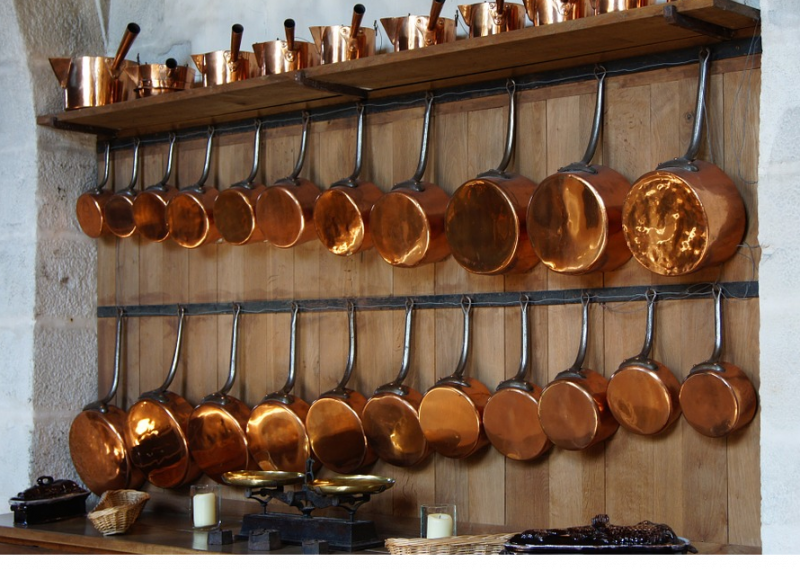There is nothing quite as exciting as buying a ‘new’ home, but when you find an authentic 19th century home listed for an unbelievably low price, you probably know that the kitchen, plumbing, and electrical wiring are all outdated. Even so, why not? Few houses have the character that these old homes had and if you are an avid DIYer, you can save a ton of money and end up with a home worthy of being showcased in any number of home and DIY magazines.

Start with What You Know
If you sit back for just a moment, stop and think about what you’ve actually seen in books and the movies. What does a typical Victorian-era home look like? You will often remember seeing candelabras on the walls, fireplaces glowing in the background, hardwood floors with space carpets, tapestry furniture and lots and lots of hardwood furniture. In that era, the wood was often darker grained and oak wasn’t common until the mid-part of the 20th century. You know that homes weren’t equipped with electricity just yet, and any telephones were either on walls or a desktop base with a handheld receiver. In fact, only half the homes in America had electric lights in 1925!
Kitchen Décor of the Era
These were the days when the family all gathered around the table for meals and although many homes did have formal dining rooms, those were typically reserved for special occasions in the average family. The kitchen was often the focal point of family life and so this was the one room they focused heavily on when it came to creature comforts. Do you remember seeing those double-oven gas ranges, typically in white? These can be quite expensive in today’s market, but they are worth every penny of the expense. Not only are they fully functional and so much less expensive to operate than electric stoves, but they are also a highly cherished design trend.
Boilers and Radiators
If you are thinking of changing that coal operated boiler in the basement to a modern electric HVAC system, don’t! These are some of the most cherished features of a 19th century home and you will likely see radiators in every room of the house. Even though homes aren’t typically equipped with a flame monitoring system as they use for commercial boilers, there usually isn’t a need to worry about flames shooting beyond the boiler system. However, if you feel like there may be a danger, you can research whether there are home units available but again, these are typically used within commercial settings for larger boilers. The point here is to keep those radiators because they are a huge part of the allure of 19th-century décor.
If you find a house at a great price, it may need major renovations, but these can be accomplished over time if the selling price is right. The price of the land alone may be the deciding factor, but think about that lovely house when all your renovations are complete – a virtual dream come true.
Also Read: Ingenious 21 Wooden Pallet Shelves Ideas